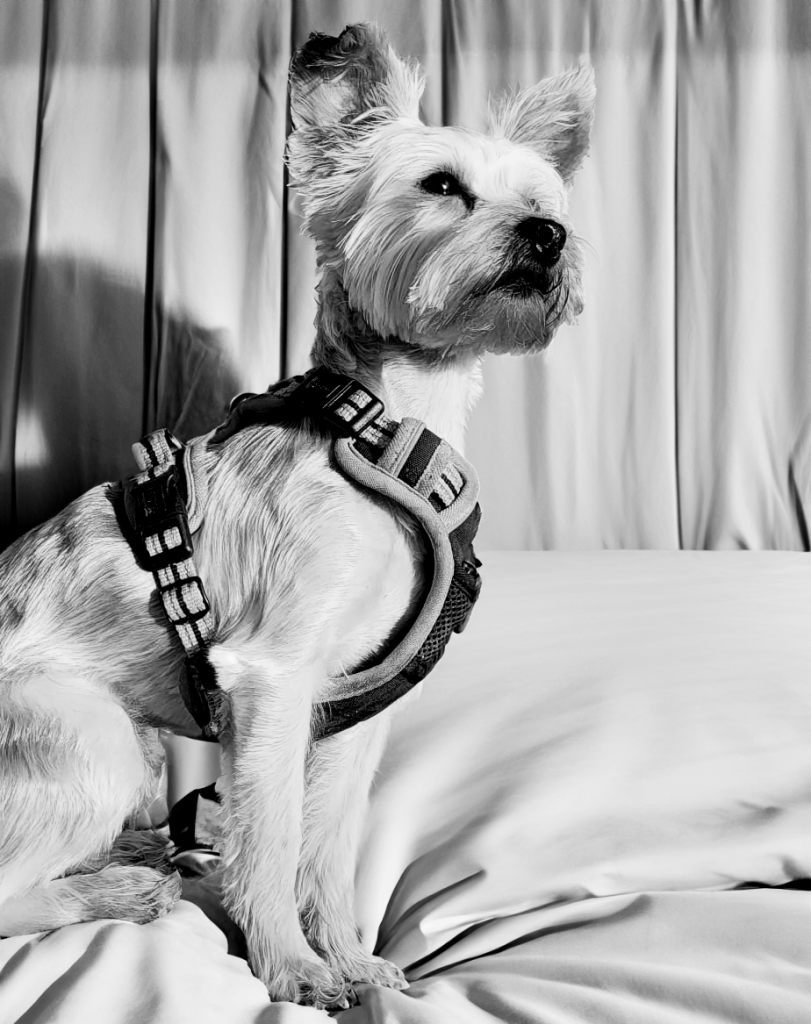Imagine a lifeline – a source of unconditional love, comfort, and unwavering support in the darkest of times. For many survivors of domestic abuse, that lifeline comes in the form of a beloved pet. But what if that very bond, that crucial source of solace, becomes a weapon wielded by an abuser?
Domestic abuse is a devastating reality, but one of its cruelest and often overlooked dimensions is the shocking connection to animal cruelty. Across North America, the UK, and Australia, extensive research confirms that violence towards pets is not merely a side effect; it’s a deliberate weapon abusers use to exert power and control over their victims.
The Unbreakable Bond: Pets as Lifelines
For survivors navigating the chaos and trauma of an abusive relationship, companion animals offer something profoundly vital: unconditional love, non-judgment, and unwavering support. These cherished pets provide solace and a critical sense of normalcy amidst despair.
Studies, like that by Beck and Madresh (2008), highlight how this bond offers “consistent and controllable relationship security,” providing crucial emotional support and even physical comfort. For children, the presence of a furry friend can be a unique source of relief and a safe space for affection. For many, their pets become their lifelines, a constant in a world of chaos.

A Cruel Choice: When Pets Become a Barrier to Safety
Tragically, this deep bond can be brutally exploited. Many survivors are trapped in abusive relationships, making the agonizing choice to stay out of fear for their pets’ safety or out of profound loyalty to their animal companions. Abusers understand this powerful connection, often using threats or direct violence against pets as a terrifying means to control and manipulate their victims. This manipulation isn’t just emotional; it actively prevents victims from seeking safety.
A study by Newberry (2017) in ‘Pets in Danger: Exploring the Link between Domestic Abuse and Animal Abuse,’ revealed how pets are often used as tools for abuse and control in various ways:
- Coercive Control: Abusers leverage the victim’s emotional attachment to pets, threatening or harming them to enforce obedience and prevent escape. This sends a chilling message about the abuser’s capability.
- Emotional/Psychological Abuse: Pets might be sold or rehomed without the victim’s consent, or victims falsely accused of abuse to have pets removed. This deepens isolation and dependence.
- Physical Abuse: Direct violence against pets is used to punish disobedience, even if the victim has returned for the animal’s sake. Jealousy over attention given to the pet can also trigger physical abuse.
- Economic Abuse: Abusers may restrict or prevent access to finances needed for pet necessities, further trapping victims by increasing their dependence.
It’s important to note that not all perpetrators of domestic abuse also commit animal abuse, and vice versa. However, the evidence strongly underscores the significance of this issue.
The Shelter Gap: A Desperate Need
Compounding this terror is a critical lack of animal-friendly accommodation within domestic abuse services. Most shelters cannot house animals, or only accept therapy/service animals. This leaves survivors with few viable options, often unaware of vital services like temporary pet fostering. Furthermore, abusers’ tactics often isolate victims from friends and family, leaving no one willing or able to care for their pets. This forces an impossible decision: their own safety or their beloved animal’s well-being.
Valley House: A Safe Haven for All
At Valley House, we are committed to breaking this heartbreaking cycle. Recognizing the essential role companion animals play in healing and recovery, we are proud to offer a limited number of pet-friendly properties.
This crucial initiative ensures survivors can seek refuge without the agonizing choice of leaving their cherished animals behind. By providing a safe haven for both individuals and their loyal companions, Valley House empowers survivors to heal and rebuild their lives, knowing their entire family is safe and supported. This represents a significant stride towards addressing the often-overlooked issue of pets in domestic violence situations and reaffirms Valley House’s dedication to providing comprehensive care to those in need.

Domestic abuse is a complex issue, but ensuring survivors and their pets find safety is a vital step forward.
Find out more about how Valley House can help – Domestic Abuse
To keep up to date with what’s going on at Valley House, Check out or blog here
Or follow us on Social Media: Facebook | Twitter | Instagram | LinkedIn


